A block of mass 2 m collides,elastically with a masss m kept at rest. Friction exists between the block B ,and surface with coefficientμ=0.3, whereas no.friction exists between block A and the surface.
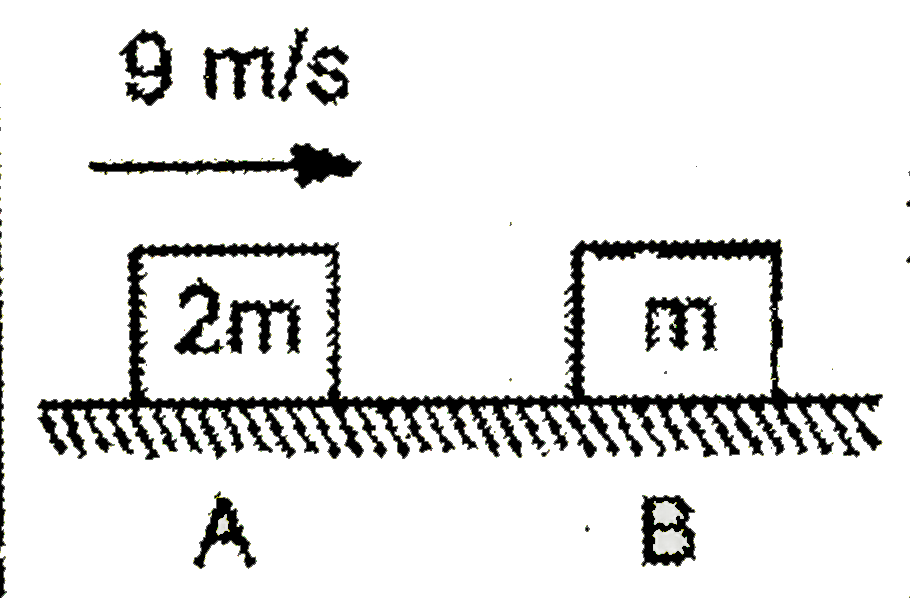
The velocity of the blocks just after the first collision will be:
12 m/s, 3m/s
0, 9 m/s
3 m/s, 12 m/s
0, 18 m/s
Step by step video & image solution for A block of mass 2 m collides,elastically with a masss m kept at rest. Friction exists between the block B ,and surface with coefficientmu=0.3, whereas no.friction exists between block A and the surface. The velocity of the blocks just after the first collision will be: by Physics experts to help you in doubts & scoring excellent marks in Class 11 exams.
Updated on:21/07/2023Topper's Solved these Questions
- IMPULSE AND MOMENTUMBOOK - ANURAG MISHRACHAPTER - IMPULSE AND MOMENTUMEXERCISE - P-4
3 Videos
- IMPULSE AND MOMENTUMBOOK - ANURAG MISHRACHAPTER - IMPULSE AND MOMENTUMEXERCISE - P-6
4 Videos
- IMPULSE AND MOMENTUMBOOK - ANURAG MISHRACHAPTER - IMPULSE AND MOMENTUMEXERCISE - P-2
9 Videos
- FORCE ANALYSISBOOK - ANURAG MISHRACHAPTER - FORCE ANALYSISEXERCISE - Matching type
13 Videos
- RIGID BODY MOTIONBOOK - ANURAG MISHRACHAPTER - RIGID BODY MOTIONEXERCISE - MATCH THE COLUMN
12 Videos
Similar Questions
A block of mass 2 m collides,elastically with a masss m kept at rest. Friction exists between the block B ,and surface with coefficientμ=0.3, whereas no.friction exists between block A and the surface.
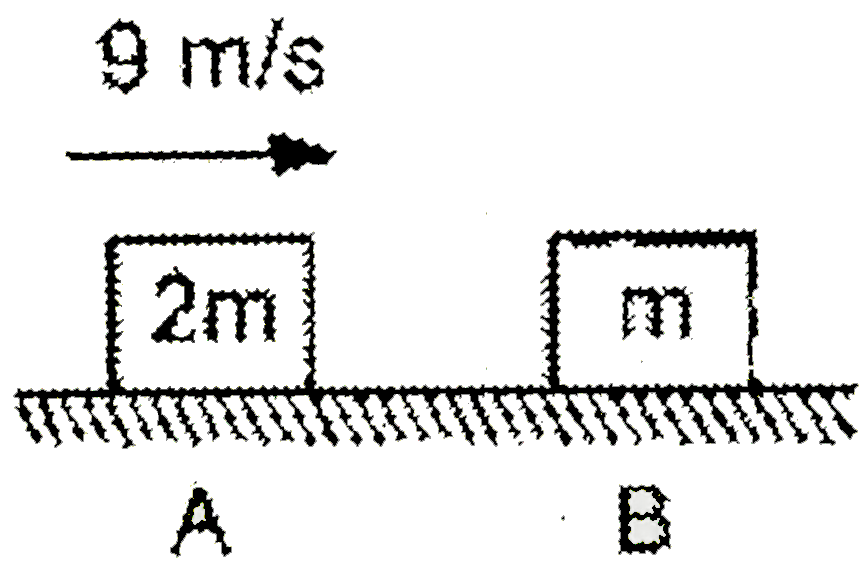
The blocks will again collide after time:
View SolutionA block of mass 2 m collides,elastically with a masss m kept at rest. Friction exists between the block B ,and surface with coefficientμ=0.3, whereas no.friction exists between block A and the surface.
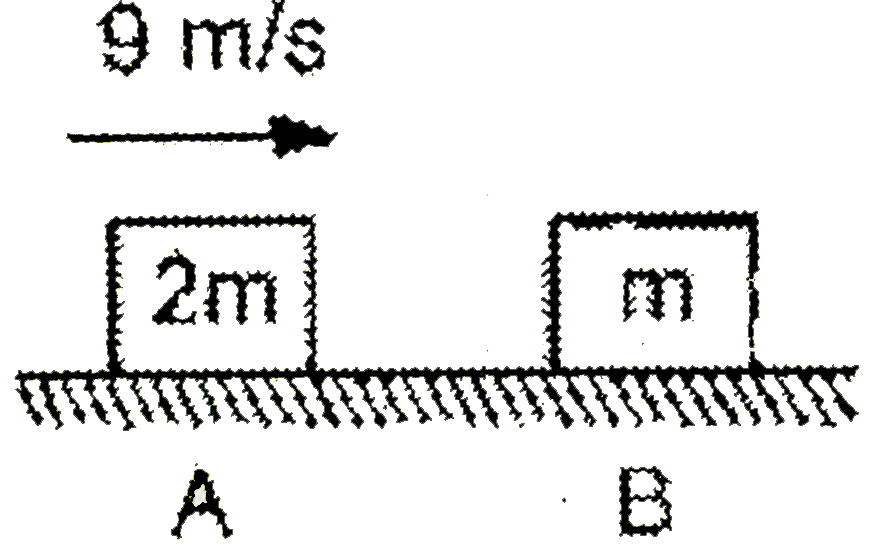
How many collision are possible between the blocks?
View Solution
Knowledge Check
Block A of mass M in the system shown in the figure slides down the incline at a constant speed. The coefficient of friction between block A and the surface is 1 3 3 . The mass of block B is-
 Am/2Bm/3C2m/3Dm/√3
Am/2Bm/3C2m/3Dm/√3Block B rests on a smooth surface .The coefficient of static friction between A and B is μ=0.4 where F=30N then
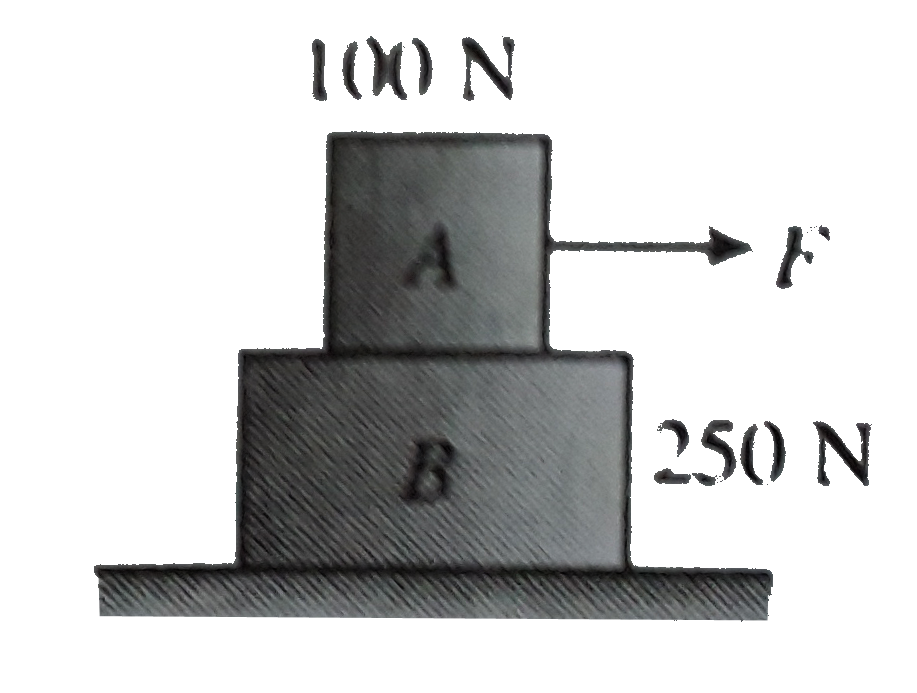
Acceleration of upper block isA3/2ms−2B6/7ms−2C4/3ms−2D3/7ms−2Block B rests on a smooth surface .The coefficient of static friction between A and B is μ=0.4 where F=30N then
Acceleration of lower block is
 A3/7ms−2B4/3ms−2C6/7ms−2D3/2ms−2
A3/7ms−2B4/3ms−2C6/7ms−2D3/2ms−2
A block of mass 2 m collides,elastically with a masss m kept at rest. Friction exists between the block B ,and surface with coefficientμ=0.3, whereas no.friction exists between block A and the surface.

Which of the following graphs best represent the distance between the blocks between first and second collision?
View SolutionA block of mass 2 m collides,elastically with a masss m kept at rest. Friction exists between the block B ,and surface with coefficientμ=0.3, whereas no.friction exists between block A and the surface.
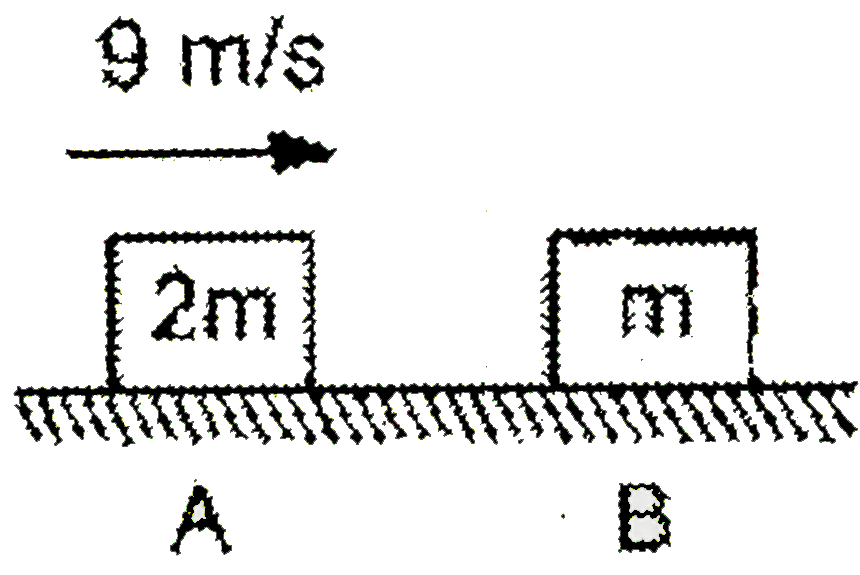
Maximum distance between the blocks during the time interval between first and second collision is:
View SolutionA block of mass 2 m collides,elastically with a masss m kept at rest. Friction exists between the block B ,and surface with coefficientμ=0.3, whereas no.friction exists between block A and the surface.
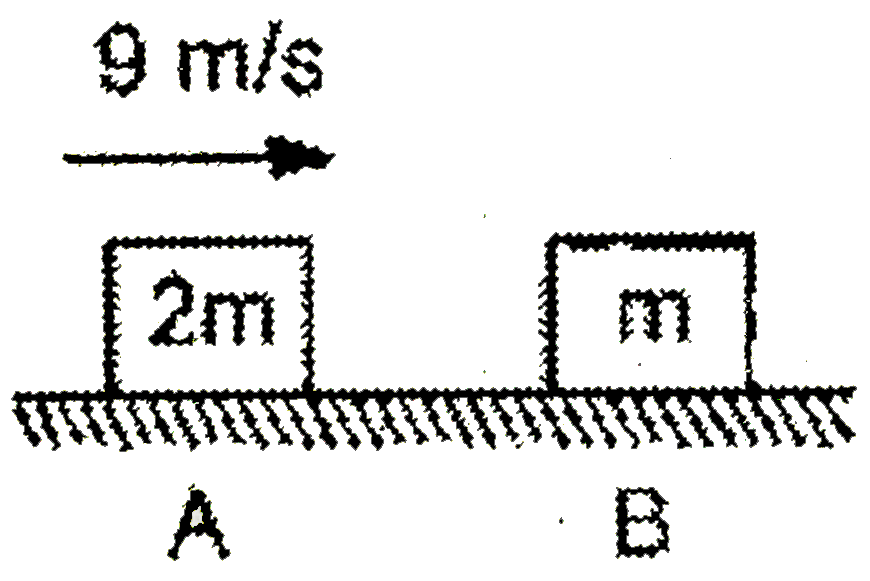
After how much time collision between the blocks will not take place practically:
View Solution1 kg block collides with a horizontal massless spring of force constant 2N/m. The block compresses the spring by 4m. If the coefficient of kinetic friction between the block and the· surface is 0.25, what was the speed of the block at the instant of collision? (take g=10m/s2)

View SolutionCalculate angle of friction between wedge and block system is at rest M coefficient of friction between wedge and block.
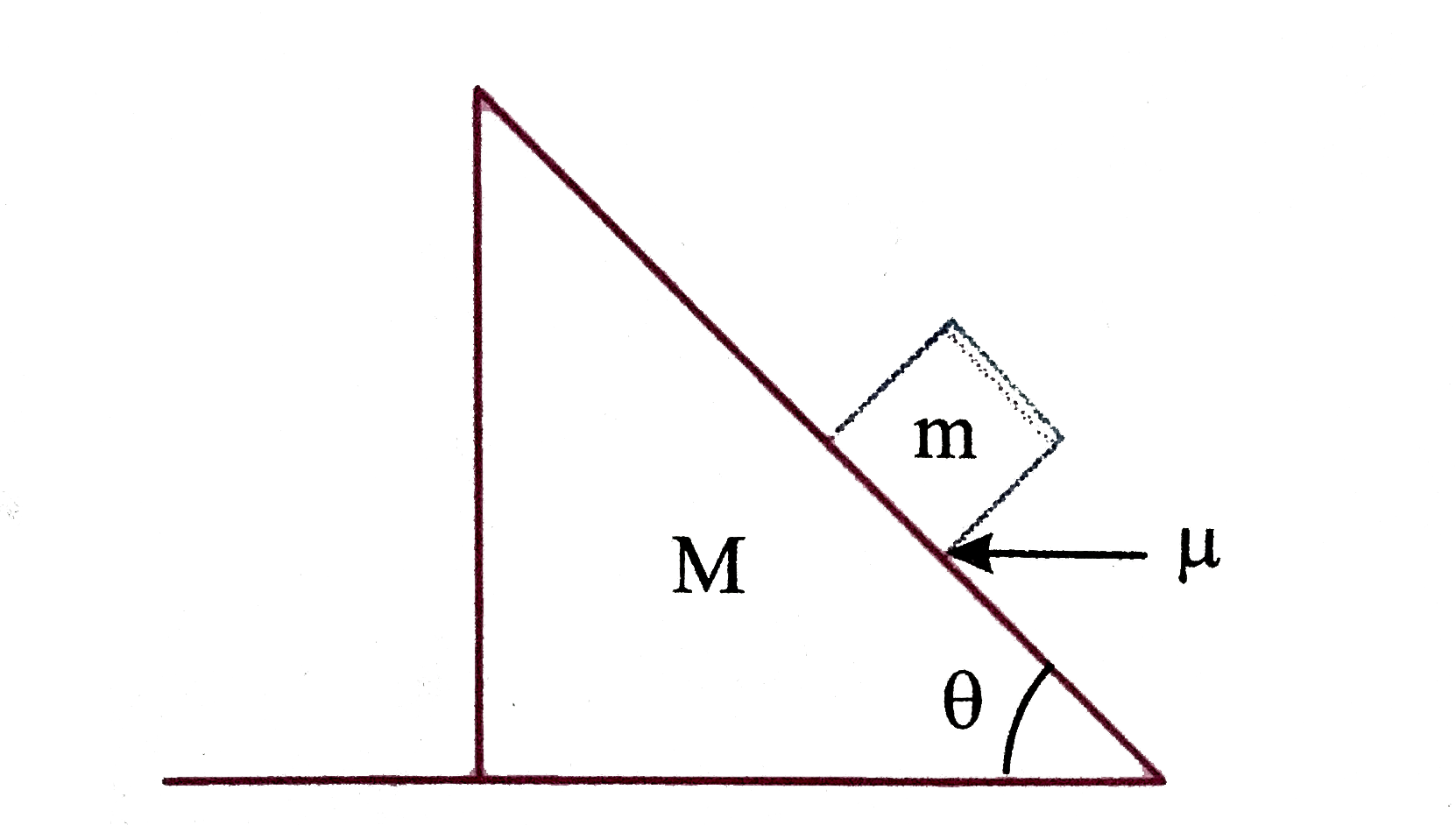
View Solution
